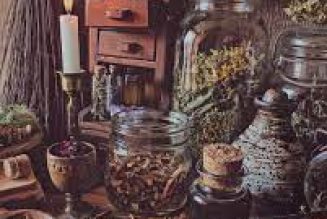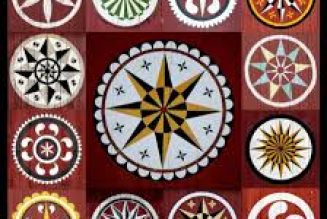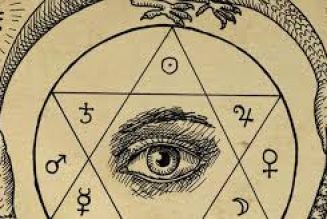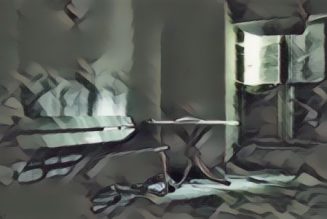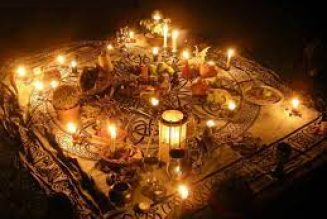
It may be a good idea to always label your herbs. Even the most adept herbalist can get confused once in awhile. The labeling method is another matter of choice. As I use my herbs for many purposes, I generally just label by herb name. However, you could also add a few lines stating elemental properties, basic uses, etc. As you learn more you may want to store herbal blends. Label these with the types of herbs used and the purpose it was intended for when you blended it. Maybe you found a certain natural incense you made that you really like. Blend a bunch of it, label it, and jot down the purpose for which you like to use it, e.g., power, relaxation, etc. You’ll find this simple step very useful in the future; don’t always rely on memory.
You more than likely will want a few tools. A mortar and pestle, and a good knife should be among your first tools. I use my athame to cut herbs. You may choose to use the traditional sickle-shaped “Boleen.” If you intend to use your herbs for both cooking and healing, get two mortar and pestles (especially if you choose something porous like wood). This way, a mortar used to crush mistletoe and holly won’t be used for crushing pepper and garlic. Remember, some of the herbs you use for magickal work are toxic if taken internally. With the exception of the knife, I prefer to use wood, stone, or clay for my tools, and tend to stay away from metals. Certain oils and herbs have a reaction with some alloys.
Other tools you may want are pretty basic to the Craft in general, and you may already have most of them. These include a censor and incense, candles of various colors, and a bowl for mixing. You’ll need something to hold water (if needed), like a shell or a bowl, and you may want to collect various sizes of shells or containers for measuring your herbs. You may want a colored cloth for a bag, string,or rubber bands for sachets, and of course you will eventually want to make amulets and such. But these things can be acquired as the need arises
